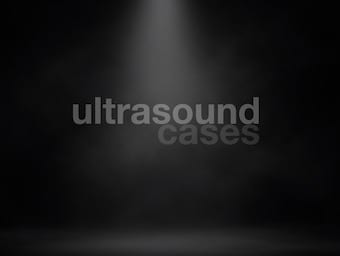
Weights in Pharmacology
IDEAL BODY WEIGHT DOSING BODY WEIGHT LEAN BODY WEIGHT

IDEAL BODY WEIGHT DOSING BODY WEIGHT LEAN BODY WEIGHT

Uric acid is the major end metabolite of purine. Purine found in nucleic acid and exogenous sources; Commonly used as marker for gout and pre-eclampsia; Levels do not usually indicate severity of disease

It's Friday. Boggle your brain with FFFF challenge and some old fashioned trivia. Funtabulously Frivolous Friday Five 266

Echocardiography in acute myocardial infarction is useful for identification of regional wall motion abnormalities and complications

Hyperbaric Oxygen Therapy. Carried out in a pressurised chamber (single or multiple patients). Treatments typically between 2 and 3 ATA

Cryptogenic Organising Pneumonia (COP) is also known as bronchiolitis obliterans organising pneumonia (BOOP); not the same as bronchiolitis obliterans; the rapidly progressive form has a very poor prognosis

The LITFL Critical Care Compendium (CCC) has numerous entries on sepsis, this page collates them

The patient's form a heterogeneous group that requires a systematic approach based on early resuscitation where needed, risk assessment to guide further management and early consideration of the underlying psychosocial issues.

A 30 year old man describes hearing and feeling a snap on the right side of his penis during intercourse. He developed sudden severe pain, rapid detumescence, and then swelling and bruising to the right side of the penile shaft.

AKI is the entire spectrum of disease (mild -> severe), and can be defined as an abrupt (1 to 7 days) and sustained (more than 24 hours) decrease in kidney function. Mortality of critically patients with acute renal failure is high (50%–60%)

Acute kidney injury (AKI) is a common problem in the critically ill associated with increased morbidity and mortality

AKI can be defined as an abrupt (1 to 7 days) and sustained (more than 24 hours) decrease in kidney function. The ADQI formulated the RIFLE criteria in 2004 to allow for AKI to be objectively and uniformly defined.